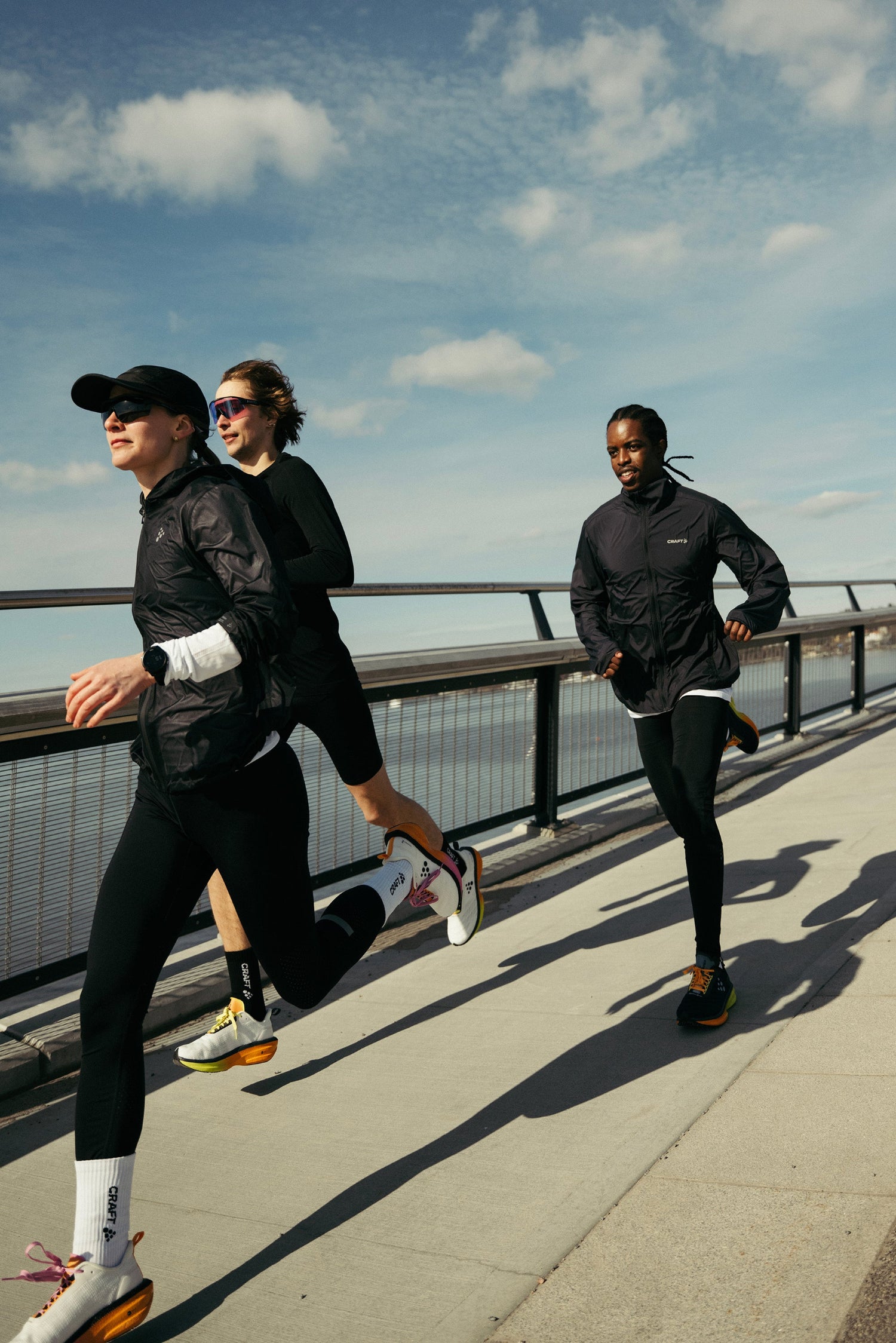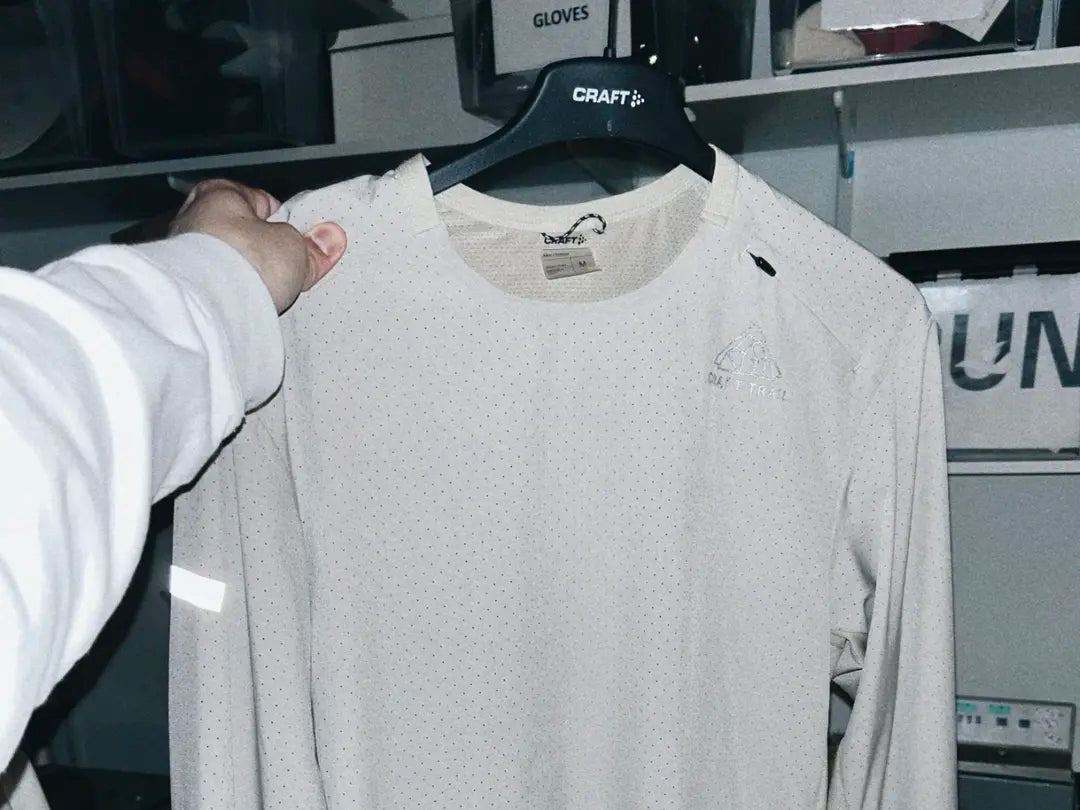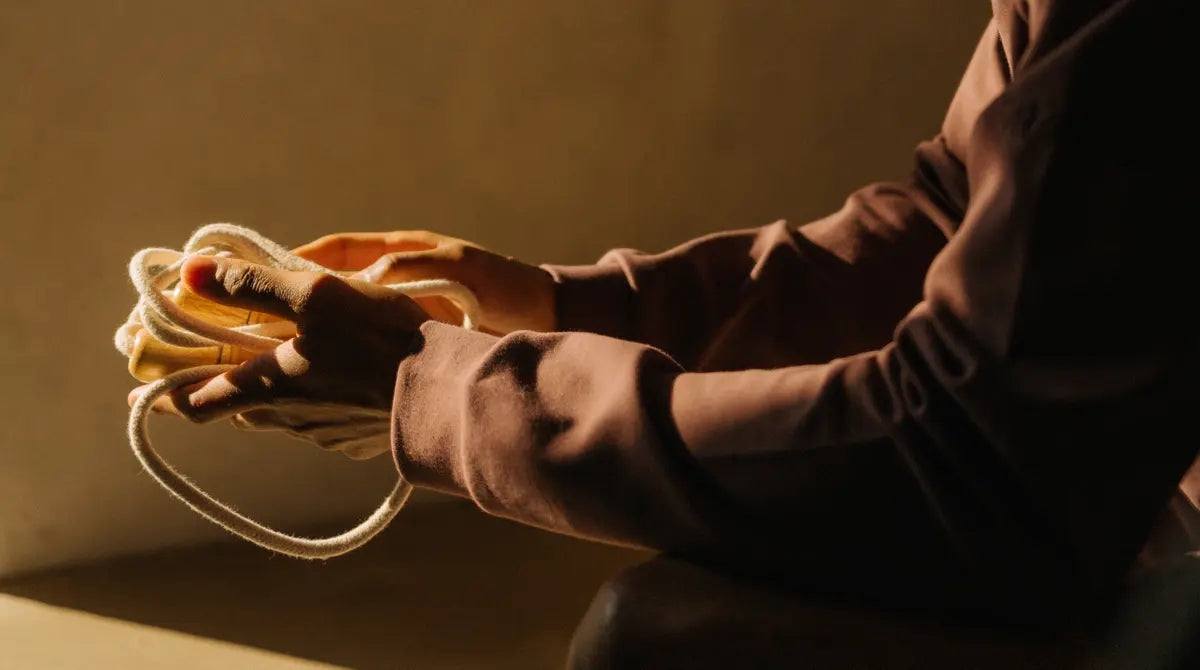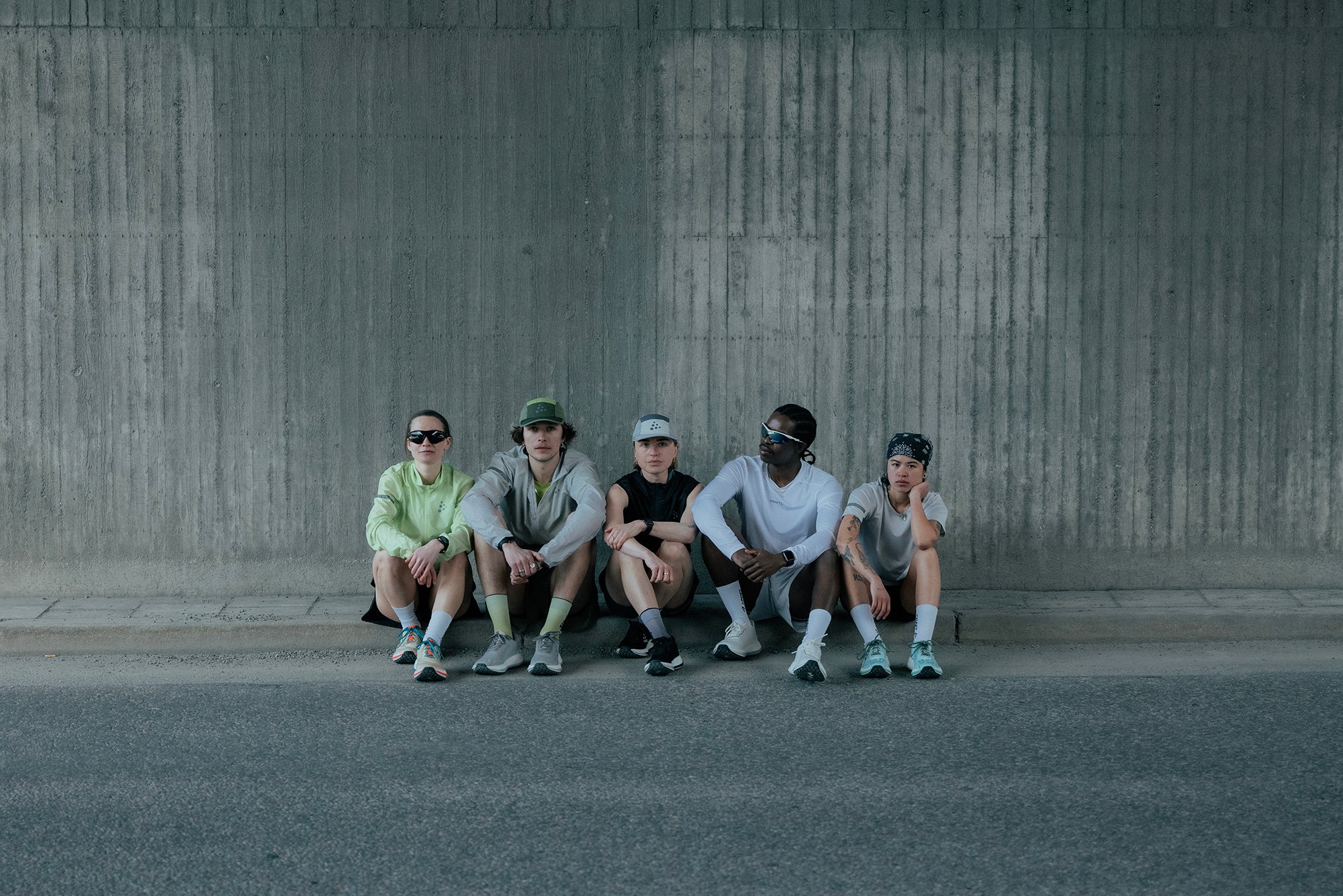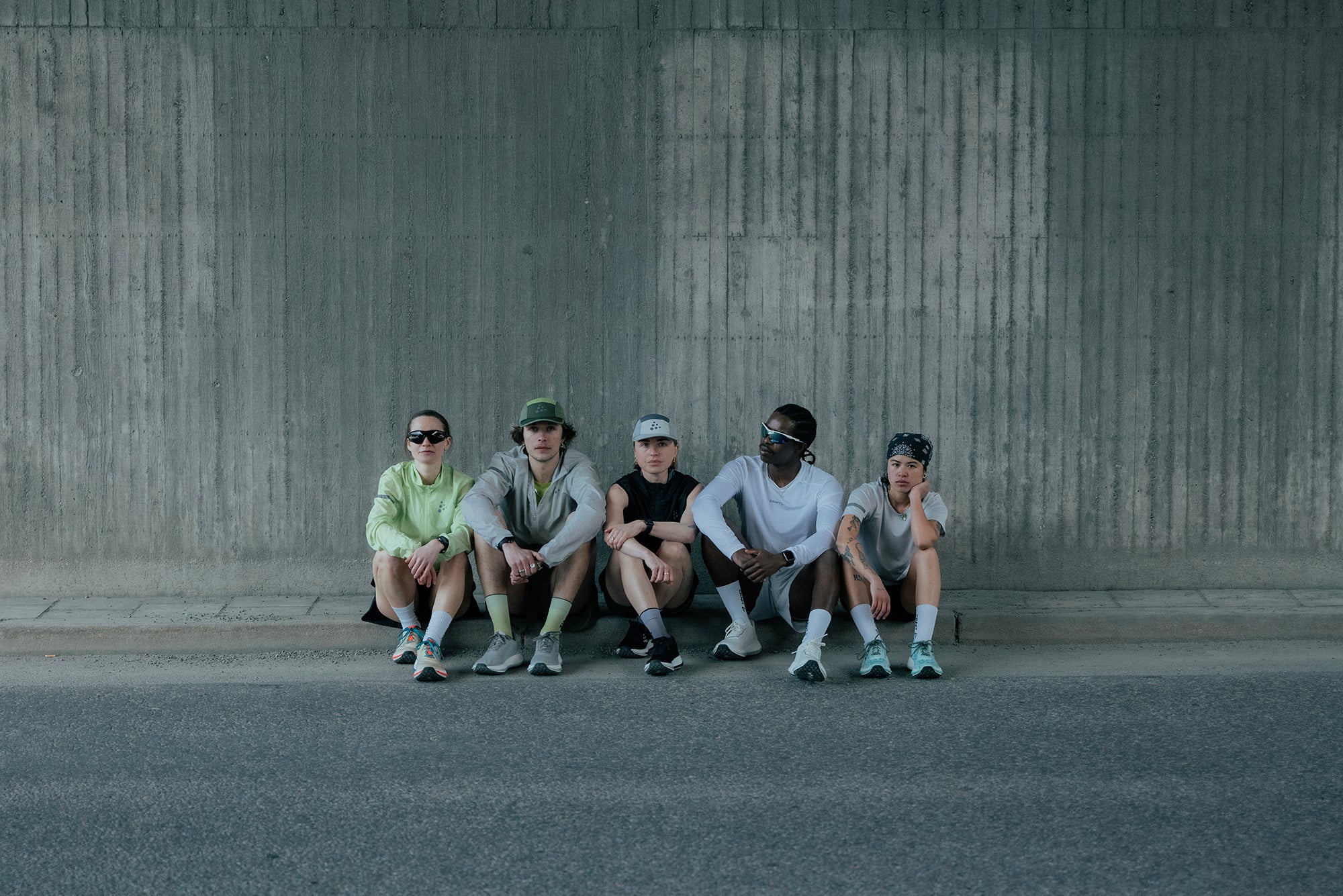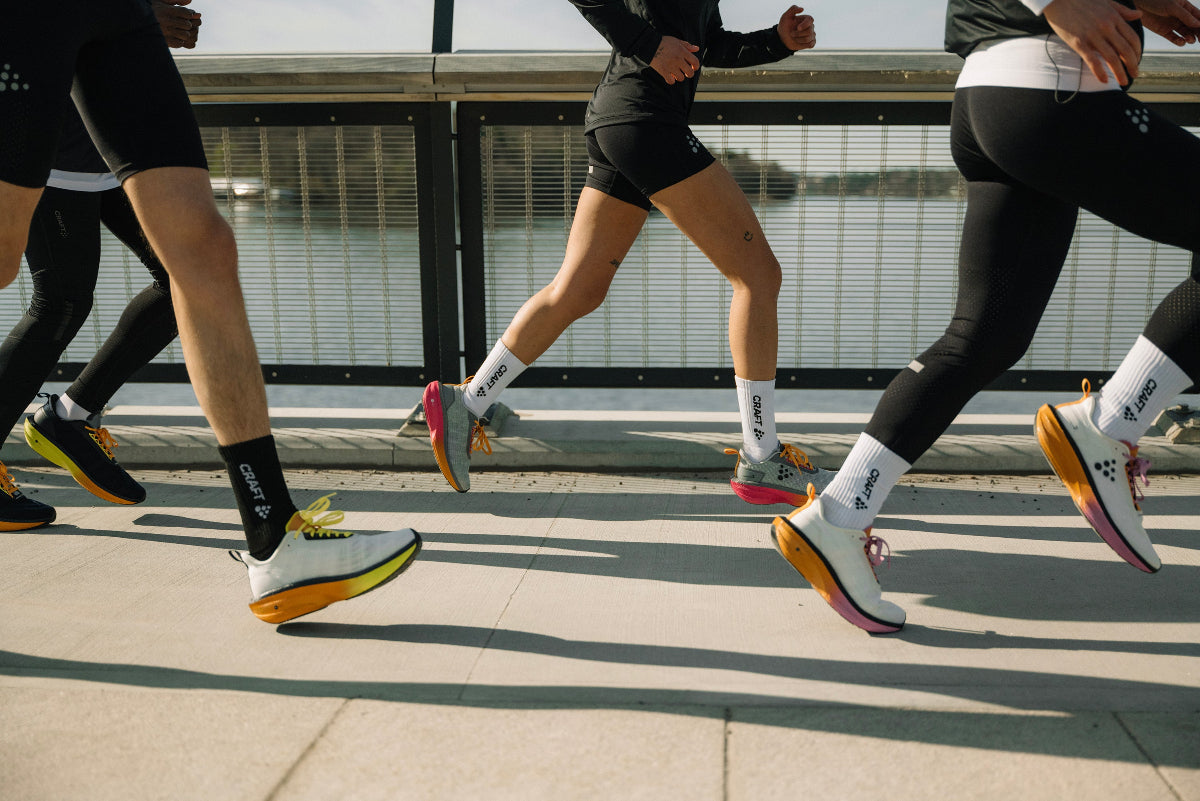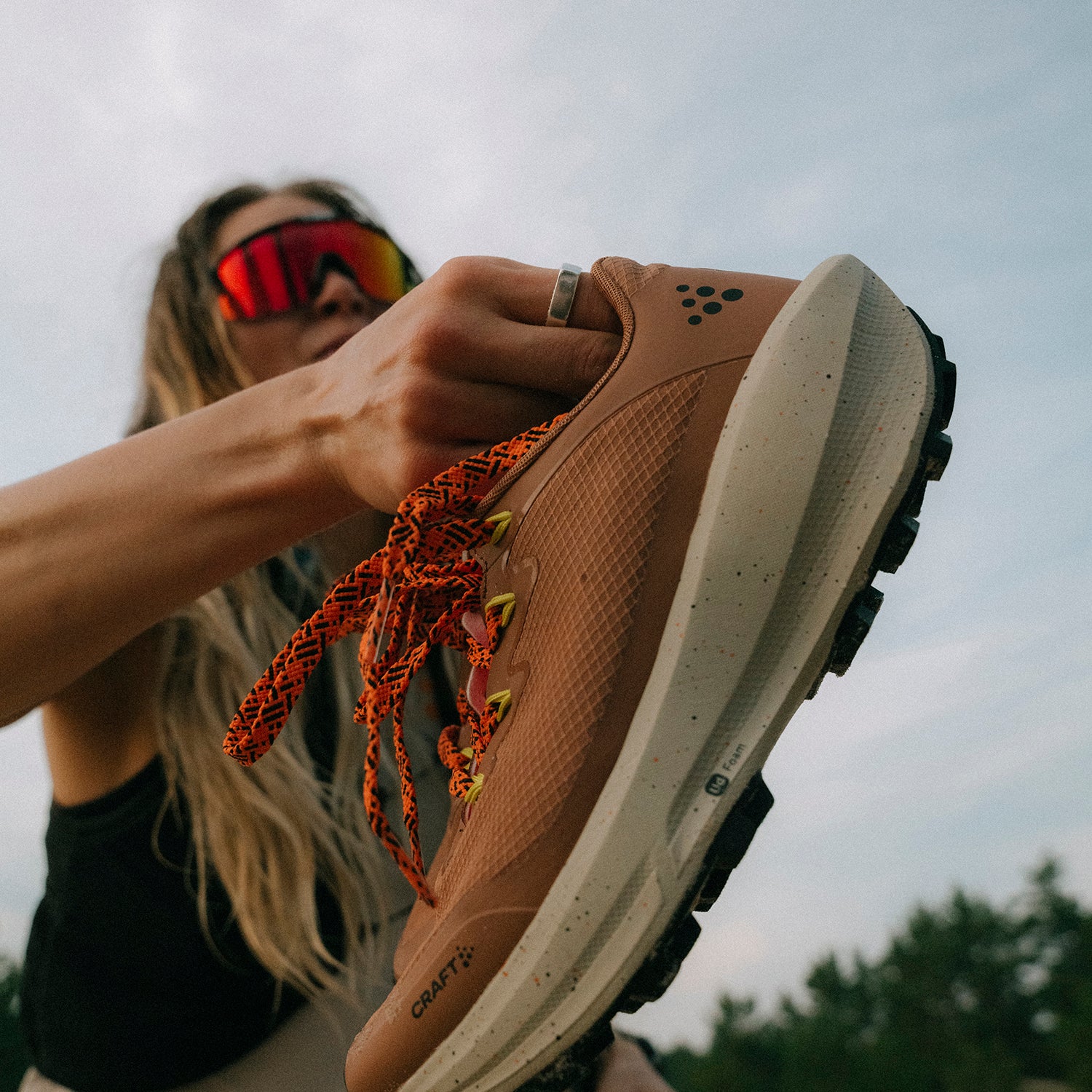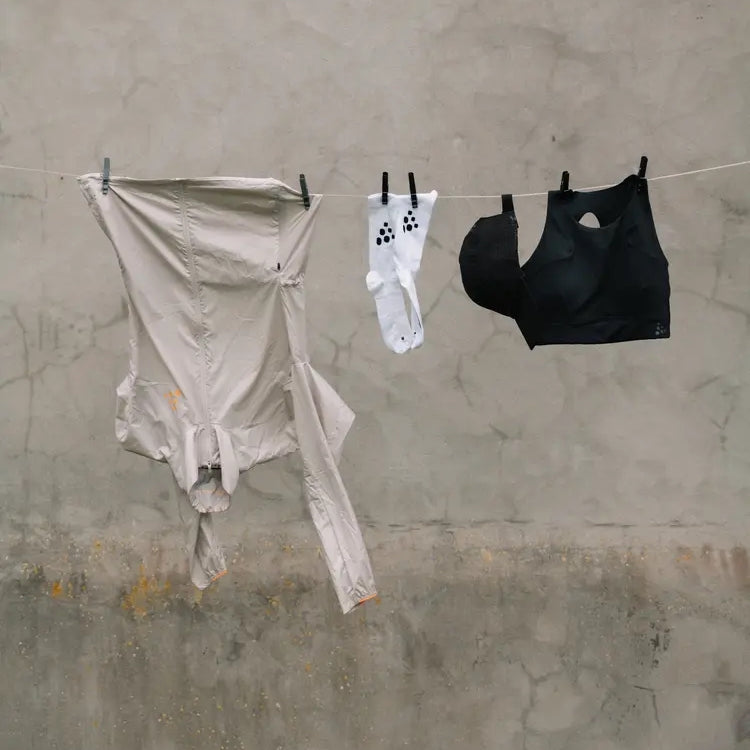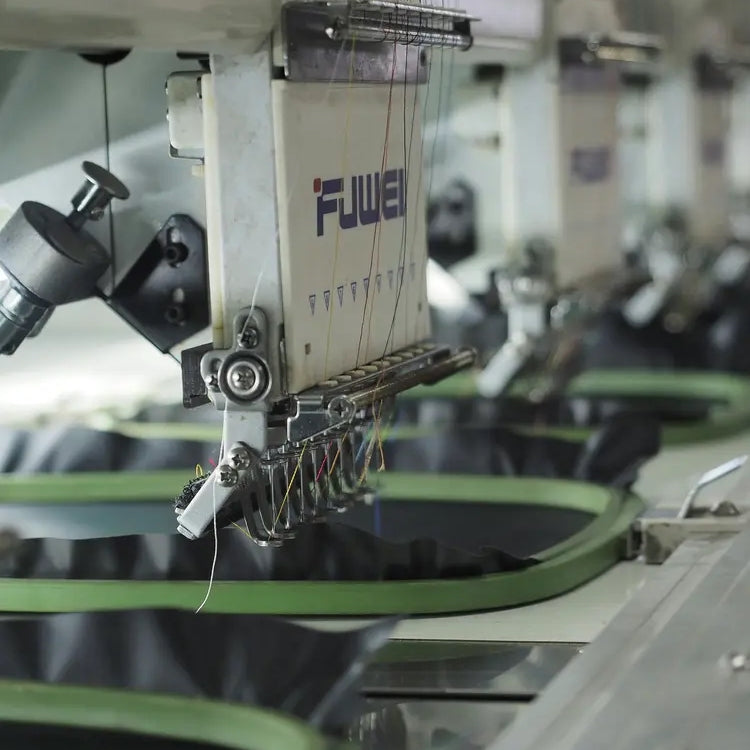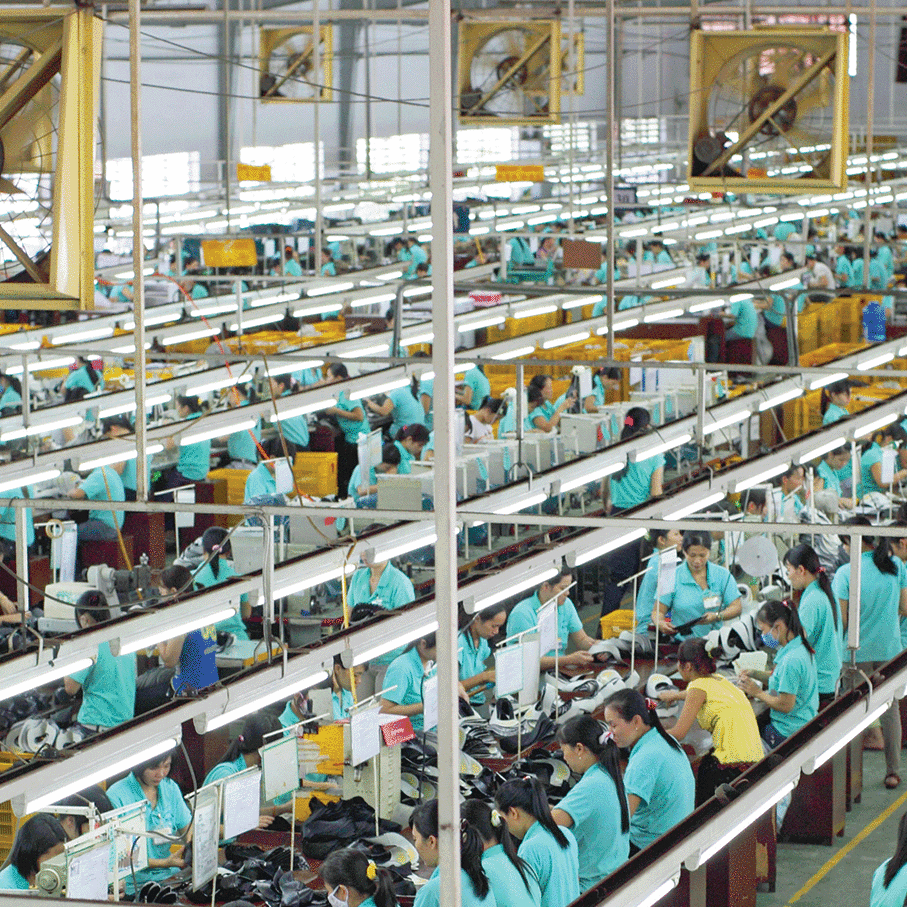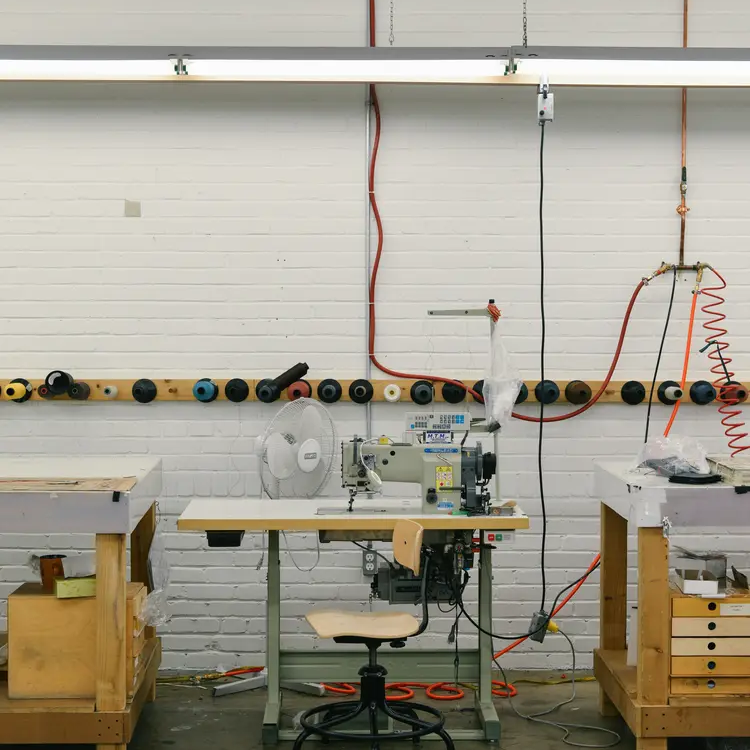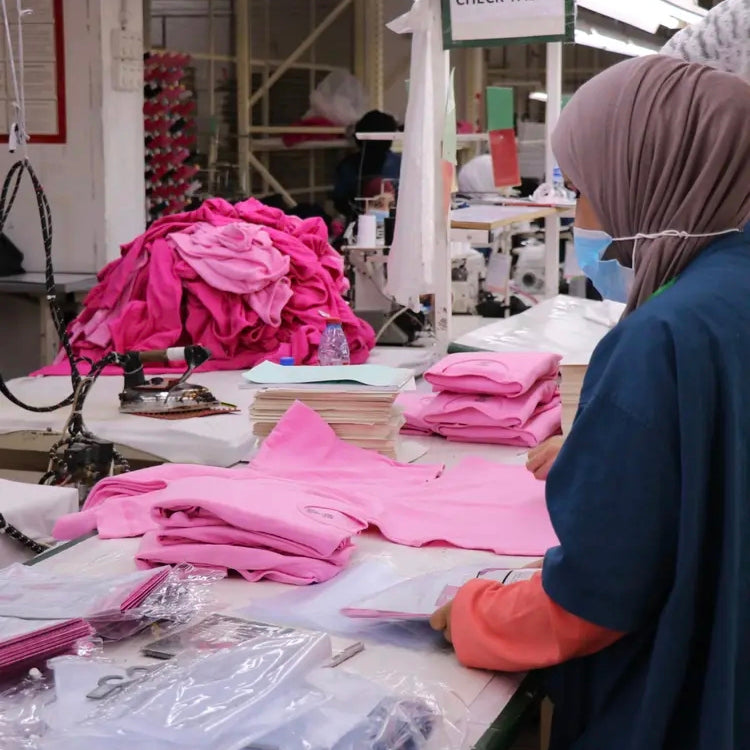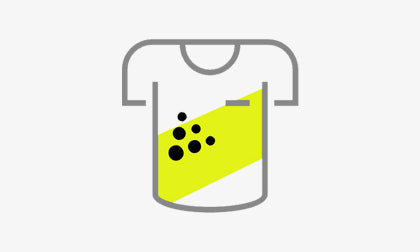For us at Craft Sportswear, sustainability is a never-ending commitment. While we have created clear and ambitious goals for where we want to be by 2030, our Circle initiative has no finish line.
We understand the world and must act with openness to create a better future.
Circular selections for all athletes.
Our products are designed for the long term, and from 2023 we are working to introduce more ways to extend their lifecycles. For example, through circular business models that allow our customers to rent functionality when they need it, or by allowing athletes to pass on their loyal training buddies when they reach the next level.
Sustainability is a team sport.
Our sustainability goals are linked to four of the UN’s Global Goals for Sustainable Development, chosen for their relevance to our world and our ability to contribute to them. They influence how we design, produce and distribute our products, how we extend their lifecycles through circular rental and sales models, and how we collaborate with partners and organizations for a more sustainable future. They have also inspired us to formulate some of our own milestones on the way forward. By 2030, our total carbon emissions will have been reduced by 30%. By the same year, 20% of our products will be included in circular programs. To help us achieve the goals, a dedicated CSR function will analyze and report on our processes from 2022.
We connect all the pieces from design to delivery. Our products are meant to inspire athletes to keep going, no matter the season. So for us, a more sustainable garment is one that is tirelessly functional day after day, year after year.
Sustainability goals for 2030
01. Climate action
Reduce carbon emissions from our total operations by 50% by 2030*.
02. Responsible production and consumption
Create products through sustainable methods that last and are used for a longer period of time to minimize their impact on the environment
03. Circular business models
20% of all garments are rented, reused or resold within our ecosystem by 2030.
04. Good health and well-being
Inspire athletes of all levels and ages to be active in promoting the health and well-being of the world.
05. Partnership to achieve goals
Collaborate with industry partners and global and local sustainability initiatives to create lasting change.


